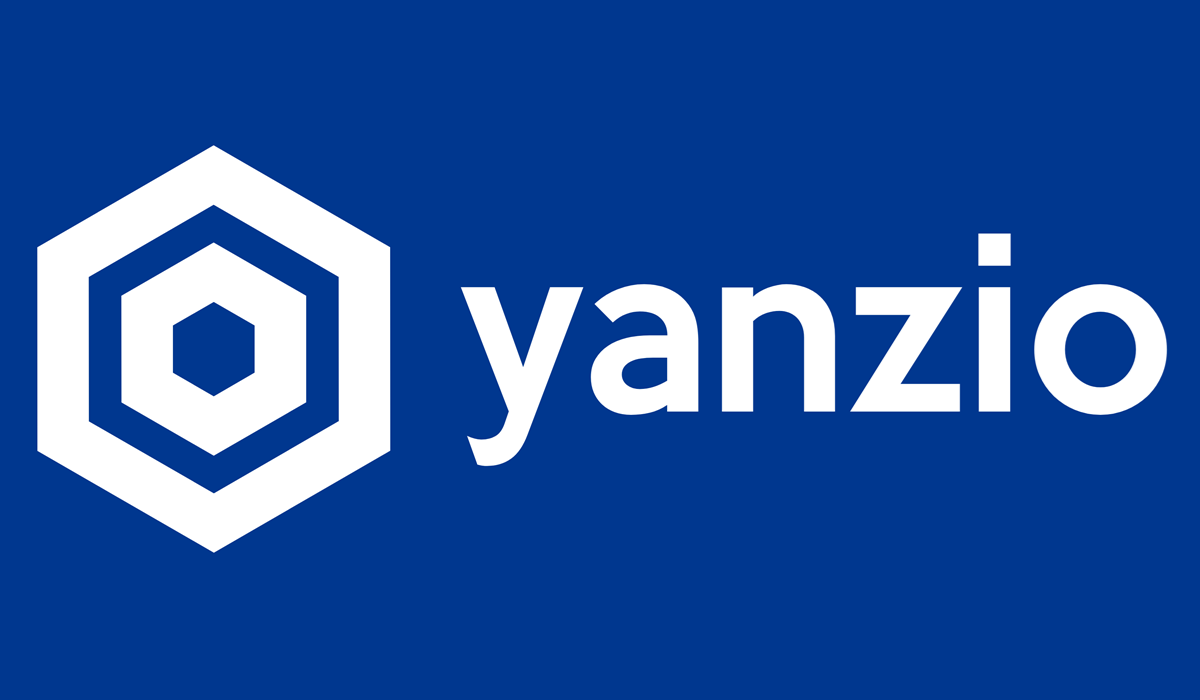[Today’s post is from Neil McKechnie, formerly of iCarol, now here to talk about his new adventures with Yanzio.]
Since the release of ChatGPT in November 2022, our world has been ignited with the possibilities and dangers of this a new breed of AI, called Generative Artificial Intelligence (Gen AI). While there are a number of ways to use Gen AI for text, audio, images and video, today I’ll focus on the Large Language Models (LLMs) like GPT, Gemini and Claude that power the chat-like tools many of us have tried.
Whether you’ve fully integrated these tools into your daily work, dabbled a small amount, or only just heard about them, the opportunity to apply LLMs to Information and Referral (I&R) work is, without hyperbole, revolutionary. When you consider that I&R is a field dominated by language – written, typed, spoken or heard – everywhere you look is a chance to radically improve with the help of LLMs.
How can it be used in I&R?
Let’s take data management and curation of a resource database. In a conventional information-and-referral (I&R) system, multiple people will work all year long to find and update records about community services. Accredited I&Rs employ trained and certified resource data managers who apply the rules and guidelines of a Style Guide, the Inform USA Standards, Inclusion/Exclusion criteria, best practices on taxonomy indexing and many other details. And yet, even if each such person is doing their work perfectly (and of course no one is perfect), there will be differences in how each person does their work. The result is an inconsistently-written resource database that is visible when you’re seeking and making referrals, reading the records on a public website, or trying to share your data with partners.

Yanzio instructs LLMs to evaluate every record, field-by-field, to assess how well it meets any particular organization’s guidelines, standards, rules and best practices. This service can also read the content of the service providers’ public website and recommend new or conflicting information there, compared to what is in your database. And it can assess the work of each human database curator and give them constructive suggestions on how they could improve their work.
By coupling these approaches with traditional software methods and cloud computing, Yanzio’s tools can do this work many thousands of times per day, processing in a few hours what might have taken human eyes many months or years to accomplish.
How does Open Referral’s HSDS help?
All this resource data needs to be put into a common format before the AI tools can get to work, and that’s where the Open Referral HSDS standard shines. It’s a great common-denominator and in the short time since we announced general availability of our tools Yanzio has already imported from eight different data sources that use this standard.
Ingesting data from those data sources, both initially and on an ongoing basis, is significantly easier when it is in HSDS format. It takes just a few extra minutes of validation before it can be ingested into the Yanzio system. The record and field types in HSDS and the documentation in the standard adds predictable structure and consistency to the data.
This is in sharp contrast to data coming from any non-HSDS source: we have to write a new import tool from scratch, which can take days or more, and we are uncertain if we got it right, so have to iterate with our client to make sure the data is recognizable to them. This is compounded by the need to adjust our post-import quality assurance processes and tools for the differences of those non-HSDS sources.
Since our tools are focused on data quality and consistency, HSDS gives us a huge head start over proprietary data structures – which is good for the I&R organization and good for the help seekers to whom they’re making referrals.
Isn’t this dangerous? Doesn’t AI hallucinate a lot? Are you training AI on my data?
AI gets valid criticism for embellishing, inventing and hallucinating answers with confidence. But the industry is moving very quickly and developing tools and methodologies to reduce that to very low levels. Yanzio employs many of these approaches and have come up with numerous more of our own that are specific to I&R. It’s still not perfect, and may never be, but the benefits are already far greater than these increasingly rare incidents.
We’re also very clear, and so are our AI vendors, that no one is training AI on the data you provide. We’re only sending small bits of text at a time (usually a single field value for just one record) and asking the AI to do an evaluation. You exclusively own your data.
It’s very exciting but I have no idea how to get started
I believe this is one of the biggest positive changes of any sort to I&R work since the industry moved from printed binders to computer systems. You can learn more at our website at www.yanzio.ai.


Leave a Reply